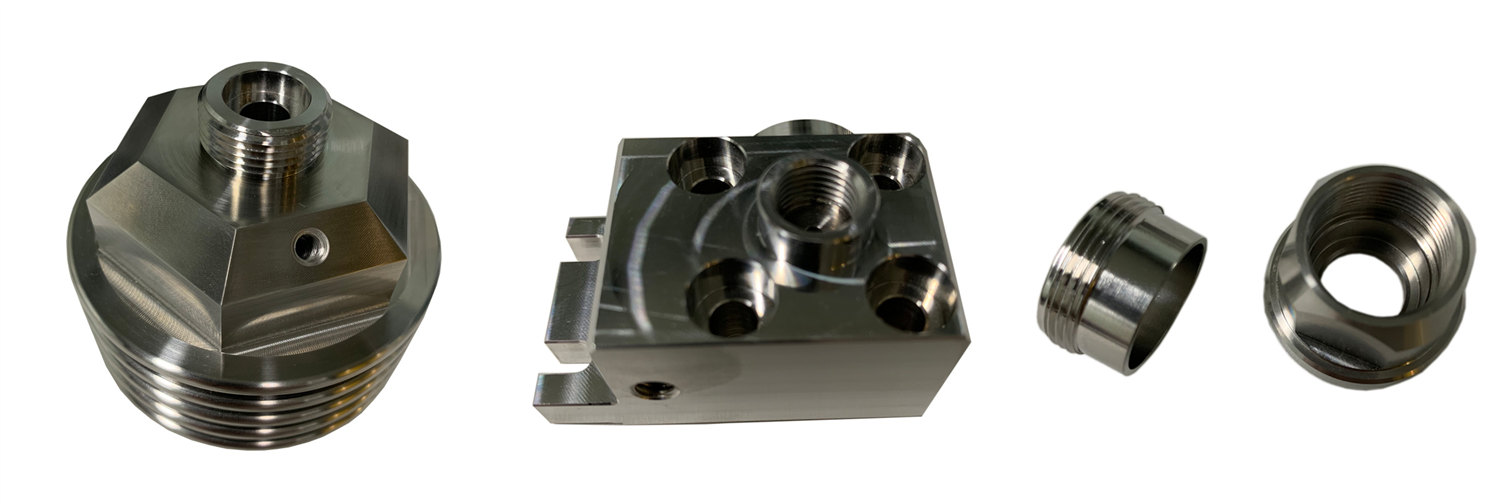Custom Steel parts:
Precision machining and fast delivery make your surprise beyond expectation.It will be beyond your expectation with JY machinery's precision machining and fast delivery.
Request a quote now

Toughness, hardness and wear resistance are several of the properties obtained by heat treatment. To obtain these characteristics, hardening, tempering, annealing and surface hardening in heat treatment are required.

View more materials: